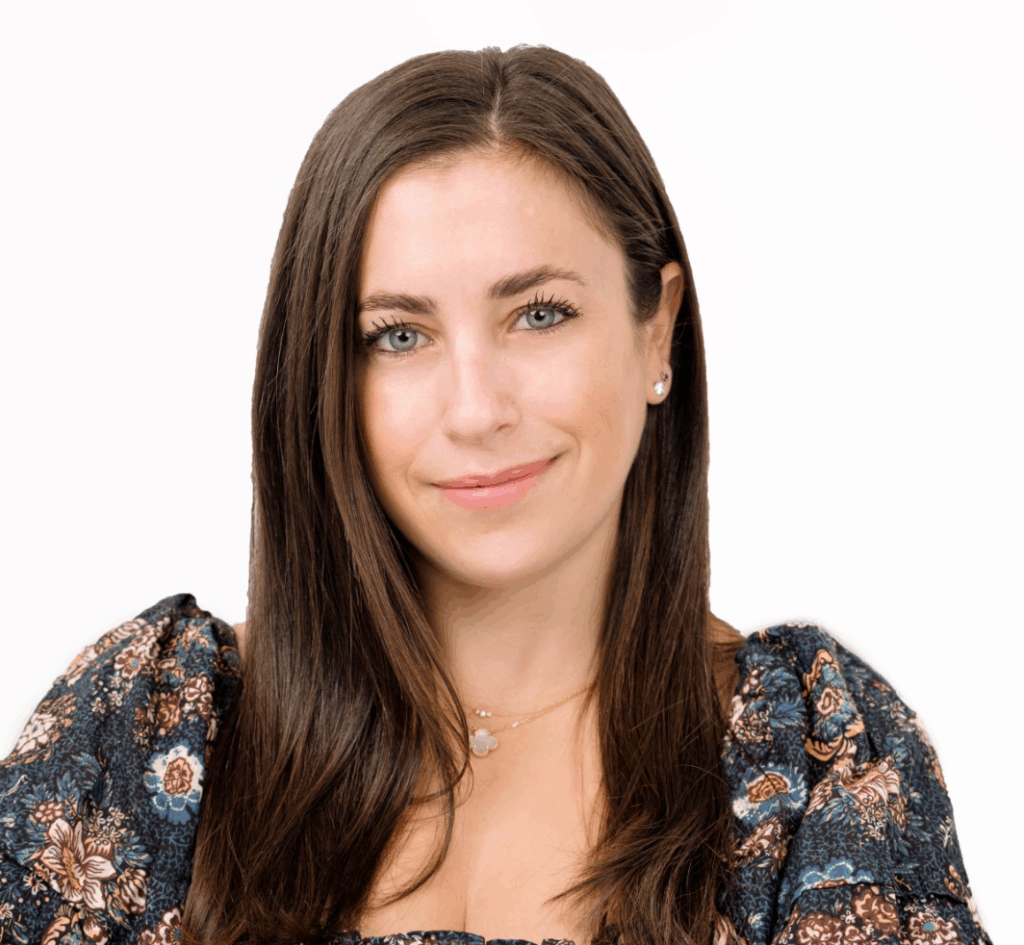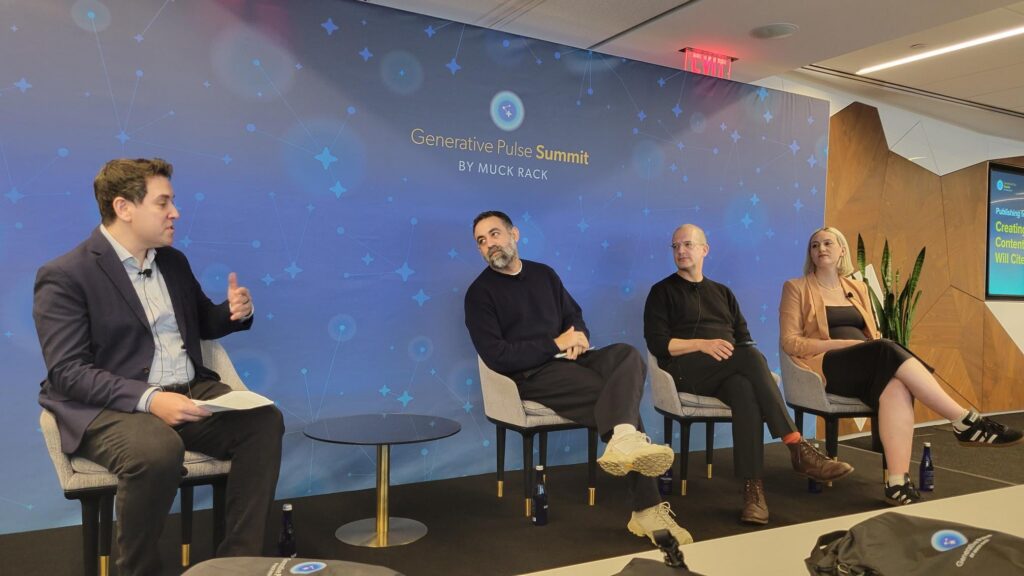When Charlottesville, VA, was picked as the site for the 2011 Wine Bloggers Conference, West Coast wine bloggers groaned. The choice of venues put a tannic taste in the event organizers' mouths, even before the first sips of vino were taken: At the three previous conferences, which were held in Sonoma and Napa, CA and Walla Walla, WA, 75% of the attendees were from California.
For Annette Boyd, executive director of the Virginia Wine Board Marketing Office, each of those groans represented the challenge of building interest among potential West Coast attendees. Her office used a variety of virtual events to generate interest initially in Virginia wines, and ultimately in the event itself.
The Virginia Wine Board, a booster organization for Old Dominion State wineries, decided on a Twitter-centric marketing strategy. As Boyd puts it, Facebook pages are excellent for talking to people a marketer already knows: They are customer loyalty and relationship building tools. Not that the Virginia Wine Board eschews Facebook: Its efforts have garnered it nearly 6200 likes.
But Twitter is excellent for talking to people a marketer should know, she says. It's key for new converts, as it provides access to like-minded people a marketer might not otherwise cross paths with. And, she notes, most bloggers communicate via Twitter.
Boyd's office already owned the @VAWine Twitter handle (which has almost 800 followers), used the #vawine hashtag, and had been building followers through local-focused commentary and contests. Between October 2010 and July 2011, Boyd's office coordinated four "Twitter Tastings" – events in which prominent national bloggers were sent samples of Virginia wines. The bloggers were chosen based on a variety of factors related to their online influence, such as the number of followers they had. According to Boyd, the 10 bloggers chosen to receive six wine samples for the first event had 31,527 followers.
Through TasteLive, an online wine and beer tasting community, the Virginia Wine Board found bloggers, set a tasting schedule, retained a moderator and provided 15-minute forums for representatives from winemakers to answer questions. Each wine was duly uncorked, tasted and commented upon, and that first event generated 541 tweets, representing—according to Boyd—more than 1.2 million potential impressions.
Twenty-four Virginia winemakers participated in one of the four Twitter tasting events leading up to the Virginia conference. Before participating, each winemaker had to develop a handle, and become experienced in Twitter use. This gave them direct access to the bloggers during the tasting.
By the last of the four events, the Virginia Wine Board had migrated off TasteLive and onto Tweetdeck, which Boyd says is more familiar to Twitter users. The number of tweets jumped to 1,213 for the event, and the bloggers were communicating with nearly 87,000 followers. Potential reach, Boyd estimates, was just under 3 million impressions. And that's before figuring in what Boyd calls "a really nice bump in our website traffic"—which jumped from 2.5 million page views in 2010 to 2.86 million page views in 2011.
While impressions are nice, they don't put dollars in the pockets of wine producers. Sales do, and Virginia collects a $3.60 per case excise tax from wineries or distributors. While it isn't possible to directly correlate sales activity with the Virginia Wine Board's marketing activities, tax collection showed sales bumps of around 11% coinciding with the times the Board was active.
The Main Event
The pre-event buzz the Virginia Wine Board generation paid off: By the time the Wine Bloggers' Conference rolled around in late July, it was a sellout. Three hundred thirty six oenophiles from 21 states and four countries paid between $95 and $295 (depending on their level of professional affiliation) to attend.
While in previous years three quarters of the attendees had come from California, in 2011 only 30% were from the Golden State, while 31% came from Virginia or surrounding areas and 17% were from the Northeast—a considerably more geographically diverse population than in years past.
The three-day event, which included dinners, winery tours and tastings, generated more than 15,000 tweets with either the #wbc11 hashtag (which designated the event itself) or the #vawine hashtag, representing 43.5 million potential impressions.
The conference also generated 129 blog posts, and several follow-up articles in prominent media outlets.
As a result, says Boyd, Virginia was put on the map of U.S. wine-producing states, and it has earned a place in wine conversations.




